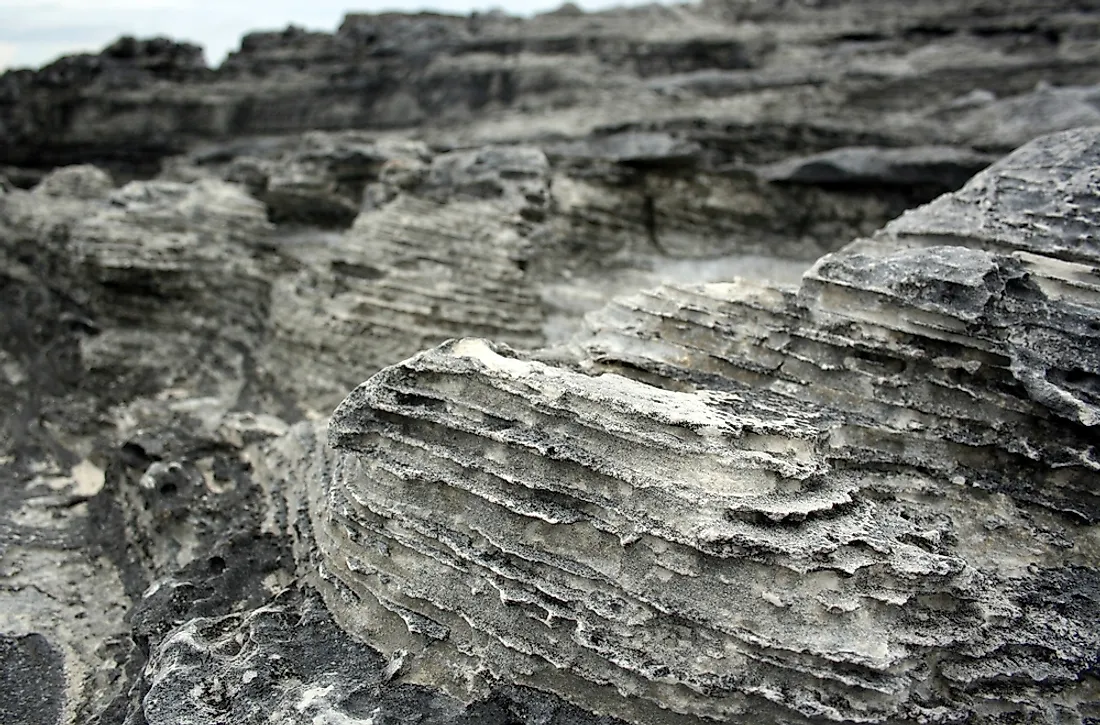What Is Petrology?

Petrology refers to the scientific study of rocks and the conditions which influence their formation. Petrology is a branch of geology that focuses on the chemical analysis in various fields such as petrography and mineralogy. By incorporating various principles of geophysics and geochemistry, modern petrologists can establish the origins of rocks and their chemical characteristics. There are three main branches of petrology resultant from the main rock types: sedimentary, igneous, and metamorphic.
Importance of Petrology
Petrology plays an important role in ascertaining the physical and chemical composition of rocks and the different conditions that influence their formation. Modern petrologists rely on knowledge in mineralogy to help in mapping and sampling of rocks. Since most rocks constitute various minerals, it becomes easier to study and understand them with background knowledge in mineralogy.
Petrological research is also crucial in helping us understand the nature of the earth’s crust and mantle. Over many years, the earth’s tectonic processes have shaped the nature of rocks and the topography of the earth’s surface. These geological processes are vital in determining the suitability of certain areas for agriculture, industrial or commercial use.
Aside from helping us understand the history of our planet’s formation, petrology applies in many areas that directly affect our livelihood. The field of petrology helps us to understand the best raw materials to be used in industries for the manufacture of goods. Additionally, petrology promotes best practices that foster sustenance and technological advancement.
Branches of Petrology
There are three main branches of petrology, namely: igneous, sedimentary, and metamorphic.
Igneous Petrology
Igneous petrology is a branch that specializes in the scientific study of igneous rocks, their chemical composition and texture. Igneous rocks are rocks formed when magma or molten rock is crystallized to form granite or basalt. Igneous rocks may be formed through crystallization or may involve a different process that cools or solidifies the molten rock. Igneous rocks that are formed beneath the earth’s surface form ‘intrusive’ rocks, also known as plutonic rocks. Rocks found on the earth’s surface produce extrusive rocks. About 95 percent of the earth’s crust is made up of igneous rocks. However, these rocks do not readily appear on the surface because they are covered by a thin extensive layer of sedimentary and metamorphic rocks.
Sedimentary Petrology
This category focuses on the study of sedimentary rocks with an emphasis on texture and composition. Sedimentary rocks include shale, limestone, and sandstone. They are formed when particles derived from other rocks are bound together to form a matrix. These pieces of rock particles together with deposits of chemical and biological properties coalesce to produce a fine rock material.
Metamorphic Petrology
Metamorphic petrology involves the study of the composition and texture of metamorphic rocks. Such rocks include marble, gneiss, slate, and schist. Initially, sedimentary or igneous rocks undergo mineralogical, textural and chemical changes because of extreme pressure or temperature, and in some cases due to both. Due to high pressure and temperatures, the igneous or sedimentary rocks are transformed into metamorphic rocks.
Experimental Petrology
Experimental petrology involves the study of natural or synthetic materials when subjected to conditions of high pressure and high temperature. This helps to establish the phase relations and geochemical properties of the materials. The work of experimental petrology has provided a firm foundation for understanding the processes involved in the formation of metamorphic rocks. Rocks on the lower crust and upper mantle of the earth can be easily studied and analyzed as a result of experimental petrology.
The Practical Application of Petrology
Petrology and its application are important for several reasons.
• The study of rocks helps us to understand the composition of the earth’s crust. The various minerals and chemical properties of the mantle are important to petrologist. Various professions such as civil engineering rely heavily on the findings of petrologists.
• By studying rocks, historical formation of the earth’s surface can be established. Methods such as radiometric dating can be used to determine the time periods in which certain rock types were formed. This helps in creating a comprehensive series of geological events.
• Scientists can now understand the tectonic processes that led to the formation of the earth’s surface. This is because specific tectonic environments have distinct characteristics from others. Scientists can, therefore, reconstitute these processes.
• Rocks are natural sources for important minerals and ores which are used as raw materials by industries. Petrologists help in the discovery of new minerals hidden below the earth’s surface. The supply of such minerals is also vital to ensuring sustenance and commercial viability.
• The study of the earth’s rocks helps in technological advancement.











